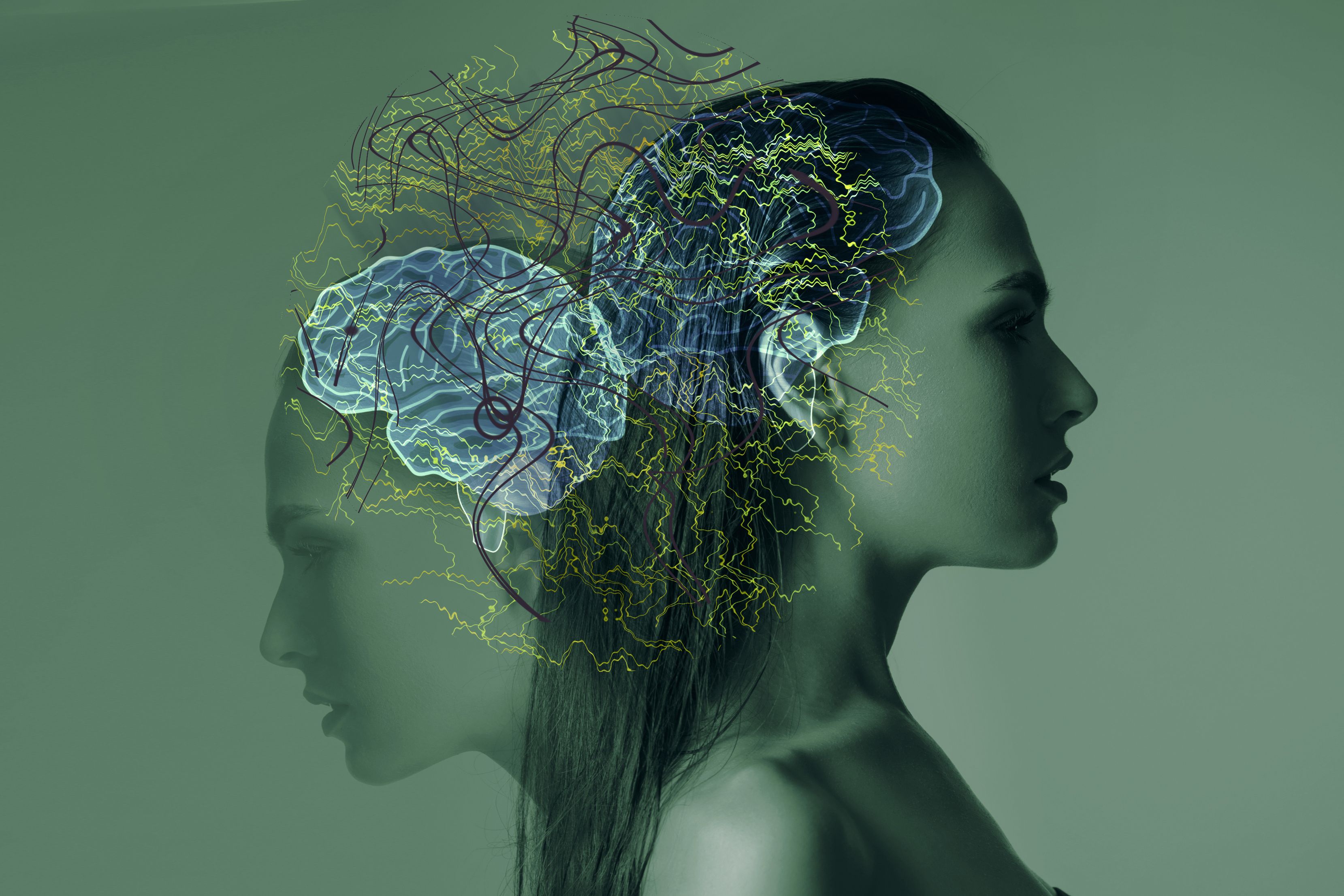News
Article
Evaluating the Efficacy of Lumateperone for MDD and Bipolar Depression With Mixed Features
Author(s):
A poster presented at the 2024 ASCP Annual Meeting discussed the results of a study analyzing the treatment’s safety and efficacy in this patient population.
Julia_AdobeStock

CONFERENCE REPORTER
A poster at the 2024 American Society of Clinical Psychopharmacology (ASCP) Annual Meeting discussed the results of a recent clinical trial exploring the efficacy of lumateperone for the treatment of depressive symptoms in patients with either major depressive disorder (MDD) or bipolar depression with mixed features.
According to the study investigators, patients with MDD who are also experiencing a depressive episode of bipolar disorder with mixed features tend to experience more severe symptoms and poorer treatment outcomes.1 The investigators sought to evaluate the effectiveness of lumateperone—which is already approved by the US Food and Drug Administration (FDA) for the treatment of schizophrenia and depressive episodes in bipolar 1 and 2 disorders2—in this patient population in a randomized, double-blind, placebo-controlled trial.1
The trial, known as Study 403, included adults aged 18 to 75 years who had received a DSM-5 diagnosis of either MDD or bipolar 1 or 2 disorder and were experiencing a major depressive episode with mixed features. Participants were randomized to receive either 42 mg of lumateperone or a placebo daily for 6 weeks. The primary measure of efficacy was the change in Montgomery-Åsberg Depression Rating Scale (MADRS) single-item scores, assessed at regular intervals. Safety was monitored through adverse events, Young Mania Rating Scale (YMRS) scores, and incidences of suicidality.1
The results of the study demonstrated that lumateperone significantly improves symptoms in this patient population, highlighting the efficacy and safety of the treatment compared with placebo. In the combined population of patients with MDD or bipolar depression experiencing a depressive episode with mixed features, 385 patients received treatment, and 383 (191 on placebo and 192 on lumateperone) were included in the modified intent-to-treat (mITT) population. Most patients (89.4%) completed the treatment.1
Lumateperone significantly improved the MADRS total score compared with placebo on day 43 (least squares mean difference vs placebo [LSMD] = -5.7; P < .0001). Patients treated with lumateperone showed significantly greater improvements in 9 out of 10 MADRS items compared with the placebo group on day 43, including apparent sadness (LSMD = -0.9; P < .0001), reported sadness (LSMD = -0.8; P < .0001), inner tension (LSMD = -0.6; P < .0001), reduced sleep (LSMD = -0.9; P < .0001), reduced appetite (LSMD = -0.5; P < .0001), concentration difficulties (LSMD = -0.4; P < .01), lassitude (LSMD = -0.6; P < .0001), inability to feel (LSMD = -0.7; P < .0001), and pessimistic thoughts (LSMD = -0.4; P < .001).1
Apparent sadness and reduced sleep showed the largest improvements with lumateperone compared with placebo in change from baseline on day 43 and the earliest significant reductions from baseline on day 8 (P < .05). Five additional items showed significant improvement on day 15 and persisted throughout the study.1
Lumateperone was generally well tolerated, with most treatment-emergent adverse events (≥99%) being mild or moderate. There was no significant worsening in YMRS total scores, indicating no increase in manic symptoms. The emergence of suicidal ideation was also low and similar between the lumateperone and placebo groups.1
The investigators concluded that the findings of Study 403 suggest that lumateperone 42 mg is a promising treatment for patients with depressive episodes with mixed features in MDD or bipolar disorder. The drug significantly improved a wide range of depressive symptoms and was well tolerated, offering a potential new therapeutic option for this patient population. They noted that further research may solidify its role in treating mixed-feature depression.1
The poster was presented by study co-author Ian D’Souza, PhD, of Intra-Cellular Therapies Inc.
Stay up-to-date on news related to research on promising new interventions and developments in the treatment of a wide variety of psychiatric disorders at psychiatrictimes.com.
Note: This article was prepared with the assistance of ChatGPT.
References
1. Kozauer SG, Durgam S, Earley WR, et al. Lumateperone in the treatment of major depressive disorder and bipolar depression with mixed features: efficacy across symptoms. American Society of Clinical Psychopharmacology Annual Meeting. Poster presentation. May 30, 2024. Accessed May 30, 2024.
2. Lumateperone (Caplyta). National Alliance on Mental Illness. Last reviewed January 2024. Accessed May 30, 2024. https://www.nami.org/about-mental-illness/treatments/mental-health-medications/types-of-medication/lumateperone-caplyta/






